Yesterday in the mail I was delighted to receive Minnesota mixed media artist Nichole Rae’s new book, Art Journal Art Journey: Collage and Storytelling for Honoring Your Creative Process, from Amazon.
I heard about the book through one of the many e-mails I receive about mixed media art. My interest was sparked because I think Nichole Rae’s process mirrors mine. Specifically, I tend to write first, and fill in later with images for my art journal projects. I don’t know if that’s common or not, but I was interested in learning more about Nichole Rae’s process. Nichole Rae, who uses simply her first and middle names, begins her journaling process with a list. Sometimes that list is handwritten, but most often she composes on the computer and files her lists by theme on her desktop. When neither paper nor computer are available, she’ll type her list on one of her smart phone apps—the same thing I’ve resorted to doing when nothing else is available, especially for writing poetry. When she is ready to use her lists, she prints them out on separate sheets of paper, in most cases left-aligning the text and adding images and found art afterward.
Other times, she will cut out words from her vintage collection of books, and paste them into place. Then she adds images to the text through a collage process. In Create Each Day: A Found Words Art Journal, Nichole Rae describes how you can use an old book to create your own found words art journal.
One of the reasons that Nichole Rae prefers typography for her journaling is that she loves the process of selecting fonts, and the freedom it gives her to edit. Among her favorite sources for fonts are dafont.com and 1001freefonts.com.
“One morning while I was having coffee,” says Nichole Rae, “I was working in a document on my computer for a project and I realized how much I like typing, choosing fonts and having the ability to use the delete button.”
You can see Nichole Rae at work in the 37-minute video below.
When you journal using a list style, Nichole Rae suggests you resist the urge to go back and edit your work. Save punctuation, capitalization and grammar corrections for later, and just let your ideas flow. She finds it helpful to use themes such as the following:
- Personal journey
- Travels
- Hobbies
Another way to get started with list-journaling is to use prompts. Nichole Rae’s own list of favorites include these:
- I carry
- I am
- I want
- I need
Being aware of your surroundings by opening up your senses through sight, hearing, touch and scent will lead to yet another type of list-journaling. Or, you can explore word associations, writing down three words that occur to you on one line, and then adding other words, line by line, that come to mind.
Nichole Rae’s own routine of journaling is to rise a little earlier than usual each morning to devote a few minutes to list-journaling. Throughout the day, whenever something occurs to her, she adds a list to her desktop. She allows three to six months to finish a book devoted to one theme, and finds that when you give yourself ample time to journal, this honors the process and enables you to learn more about yourself.
“Art journaling,” she says, “creates opportunities to explore who you are, where you have been, where you want to go and who you are becoming.”
The type of book you use to journal is something you’ll discover by experimentation, Nichole Rae points out. She will sometimes purchase pre-printed books and alter them.
She removes sections of pages to allow for expansion, and glues pages together to form a thicker foundation for collage. In looking through the book, I noticed that many of her collaged papers are three-hole punched for inclusion in a ring binder. I have to admit the idea of working on one page at a time, and binding pages later, appeals to me a lot. At the beginning of the process, you may not actually know where you’re going to end up, so doing one page at a time gives you some flexibility when it comes to determining the size of book you’ll need, and what will appear on the cover and spine.
At the beginning of Nichole Rae’s Art Journal Art Journey, she includes a materials list that provides a great starting point for collage.
She saves vintage magazines, photos, stamps, post cards, buttons, paper clips, feathers, old maps, sheet music and much more for her journal pages.
One of the mini-journaling projects I especially like from Nichole Rae’s book is altering ordinary playing cards to create an inspirational mini art journal. A tutorial from the book, Make An Inspirational Card Deck Mini Art Journal, is available online.
Other online posts by Nichole Rae, whose Web site is located HERE, include:
How does your art journaling begin? Words, images, or do you work with both at the same time?
© 2014 Judy Nolan. All rights reserved.
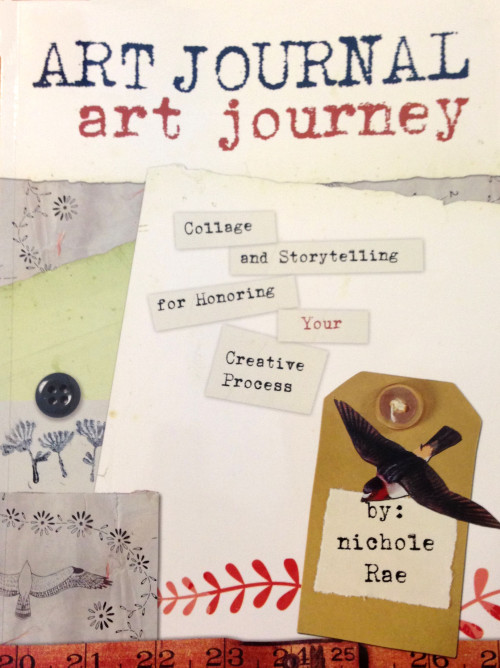
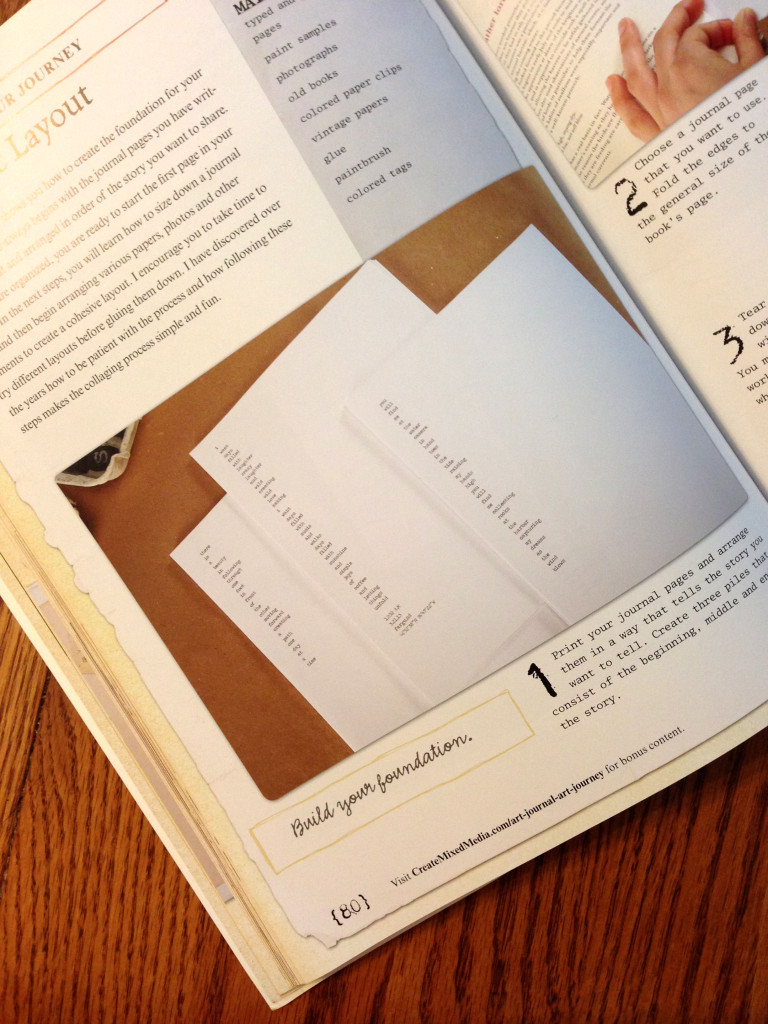
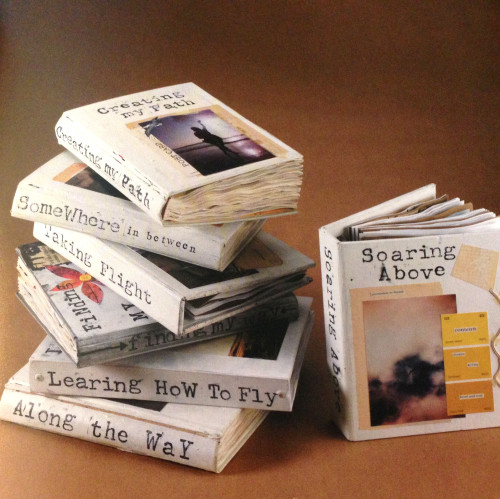
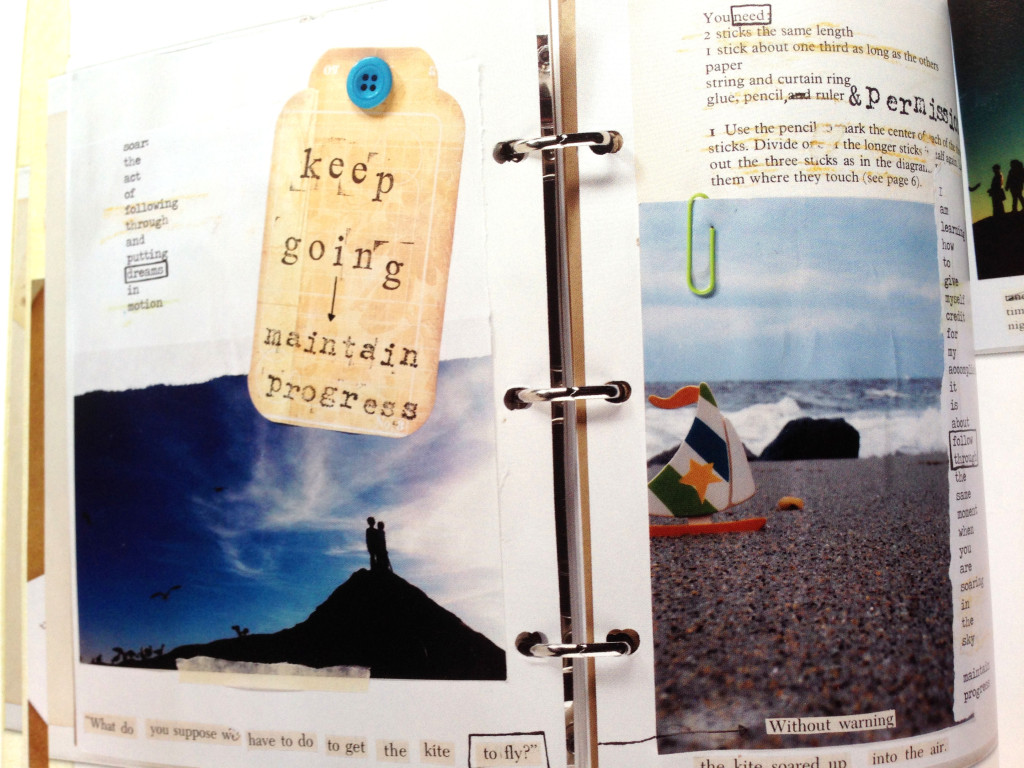
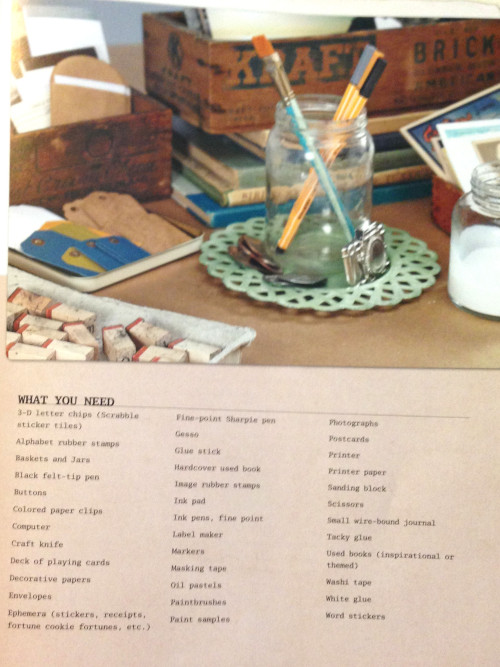
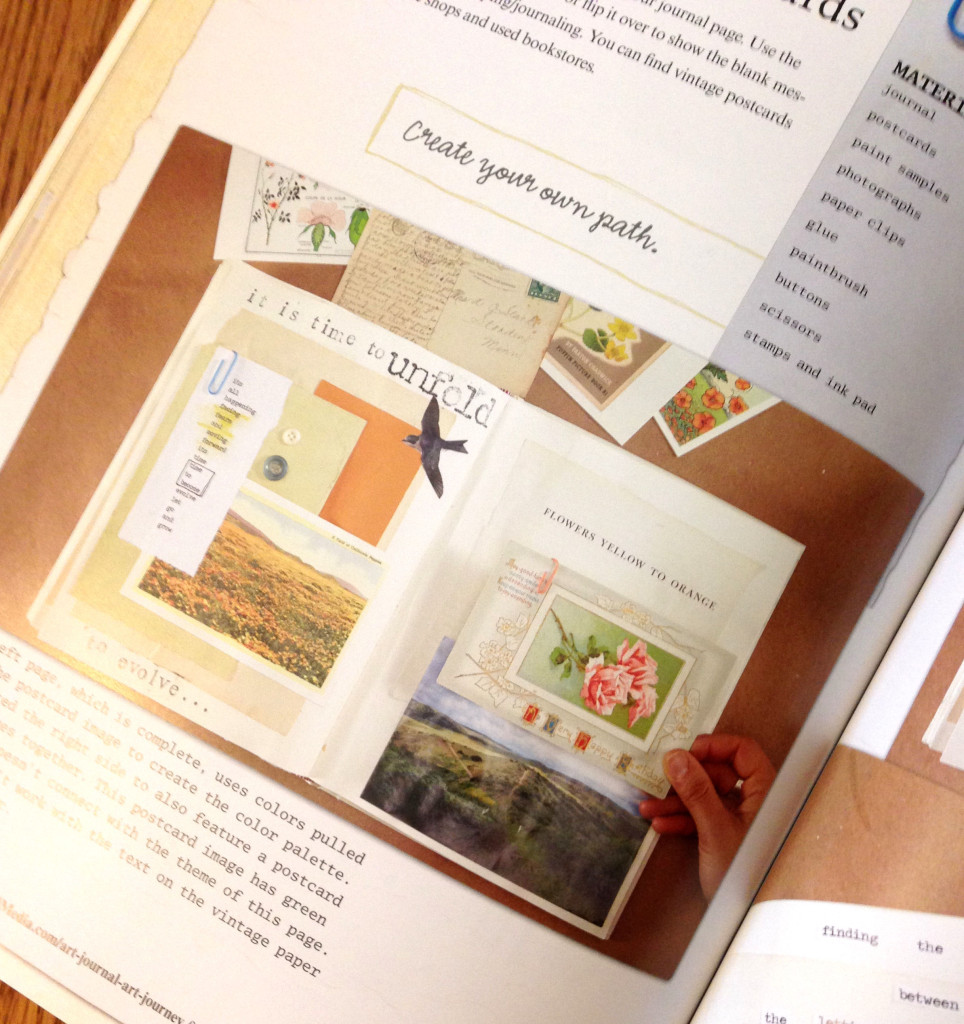
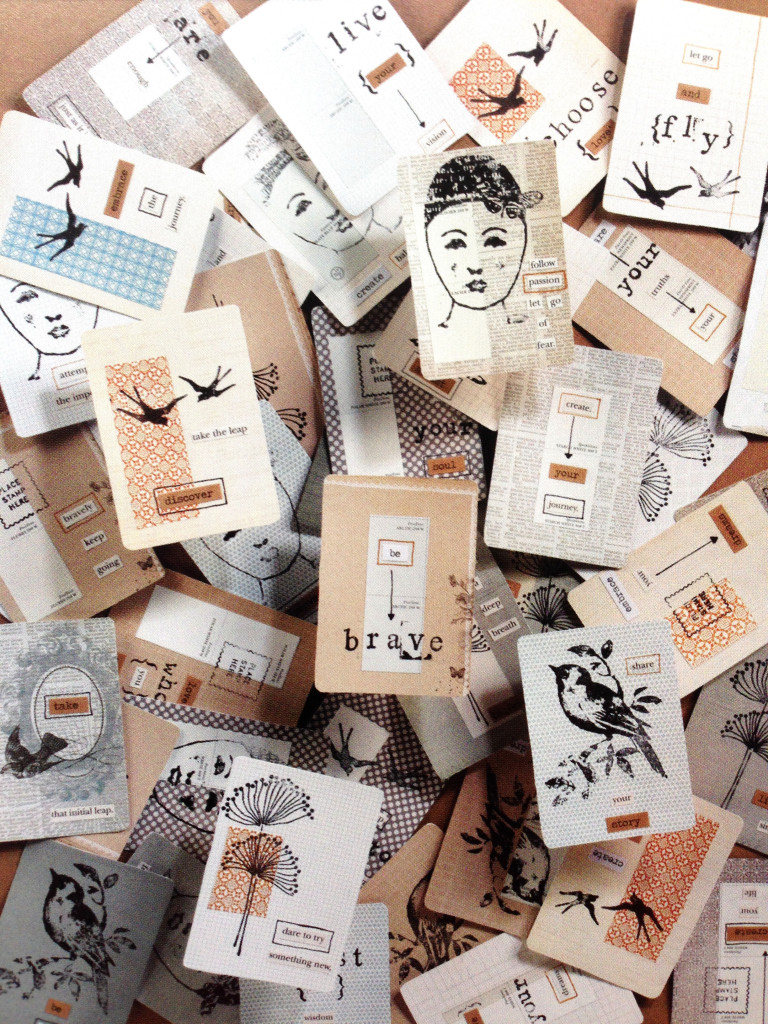
What an interesting post! I usually have a word prompt before I add any art to a journal entry — and sometimes my journal entry is almost all words. But I have not played around with fonts — and that idea really intrigues me — making the words themselves artsy.
My art journaling approach is random at best, but always includes words. Great post, love the playing card idea, could perhaps expand on that to using Tarot cards?? I have some partial decks…hmmmm
I used to teach college classes and usually first introduction to art started with art journaling. It is a best way to let students loose and discover what is subconsciously their interest. Always admired how well they done and I’m myself keep quite a number my own journals:) …. sometimes they bring me a sorts of inspiration for the next project or blog post….